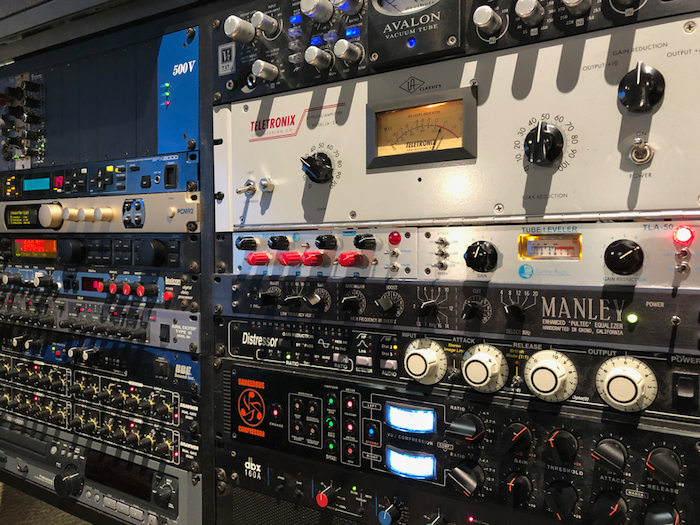

If you found the title to be of interest to you, whether you’re an amateur and want direction in the Pro Audio industry or you’re a seasoned professional and interested in the opinion of what the industry currently thinks, the short answer is:
It all depends on the sound YOU want for your art.
If you’ve not slammed your laptop shut or hurled your mobile device at the wall in vengeful fury and are instead intrigued n the ramblings of a Xennial (yeah, you’d probably want to look that up) who has spent some significant time fumbling and tinkering around in the Pro Audio industry, buckle up.
So right off the bat, some common arguments concerning choosing analogue recording over digital or vice versa are:
“Analogue has a unique warmness and character that digital can never hope to match”
“When it comes to clarity, consistency and precision, digital beats analogue every time.”
“Digital methods are just more convenient and affordable when compared to analogue methods of
audio capture and editing.”
“Old is gold…so is analogue”
While some of the above statements have some truth in them, the last one is a bit of a false perception when it comes to digital audio being the relative ‘newcomer’ to the world of Pro Audio. You may be surprised to know this but while analogue audio solidified its conventional techniques of audio recording on magnetic media in the late 40’s, digital audio would follow suit with its inception in, nope, not the 1990’s, nor the 80’s or 70’s but in the early 40’s. A quick google search will reveal that the first pulse code modulation (PCM) concept was invented in 1937 by Alec Harley Reeves and this would pave the way for the first commercially available digital recorder in 1967 which was developed by the Japanese broadcaster company, NHK. While this device still recorded to magnetic tape at the time, the method of capture was a combination of PCM encoding and basic noise filtering (or companding) with the aim of getting the purest audio capture of the source; much like what we do today in digital audio recording. Why am I “nerding out” about this to you? In the grand scheme of things, audio technology had its beginnings in both analogue and digital pathways so one isn’t necessarily “wiser and better” than the other.


The way I see it, and I might be wrong but it seems to be the general consensus of those of us who have been around in the industry for the past couple of decades (I said “couple”!), the basic ‘pillars’ of good audio production (be it in music or film or other content creation) are still the same:
– KNOW what is the sound you wish to produce (Should it be clean and consistent and bass heavy as in EDM or should it be “gravelly” and raw as in Punk Rock?)
– Get your source captured as cleanly as possible with good, nay, EXCELLENT gain structure. (This is a non-negotiable. All the outboard gear or plugins in the world won’t fix a less than adequate guitar recording, no matter how good the solo was)
– Learn to get the MOST out of the gear you have already (I stand by this and I will draw blood too for it but the difference between a $100 microphone and a $10,000 one is not the quality but the skill of the engineer.)
– LISTEN to your mix on more than one pair of outputs to broaden your sense of what elements you want to be consistent.
– SHARE your mix with good engineers to get a fresh perspective on your mix
Once you exercise the above, it will become very apparent what pathway you’re likely to continue on. Today, many good engineers use the best of both analogue and digital tools to seek out new ways of communicating their content. One can work completely ‘in the box’(Pro Audio speak forediting and mixing your content completely in your Digital Audio Workstation) with plugins that emulate analogue gear so precisely, its nigh impossible to tell the difference by the most seasoned engineers in the industry. Or one can choose a ‘flavour’ of analogue console like the API Legacy or Neve 5088 for tracking and mixing with its onboard dynamics and effects and then integrate the output into a DAW for ‘printing’; thereby cleanly capturing ALL of the sonic characteristics of the mix in ALL its analogue glory. There are multiple possibilities available according to what suits your production. Ultimately, when it all boils down to it, we are indeed blessed to be alive in an era of audio technology where we have access to the best of both analogue gear (the best of which has survived till today) and digital systems (we’ve reached sonic resolutions so high that they are just laughable). I say we make the most of what is available to us at our disposal (budget permitting) and get CREATING!

